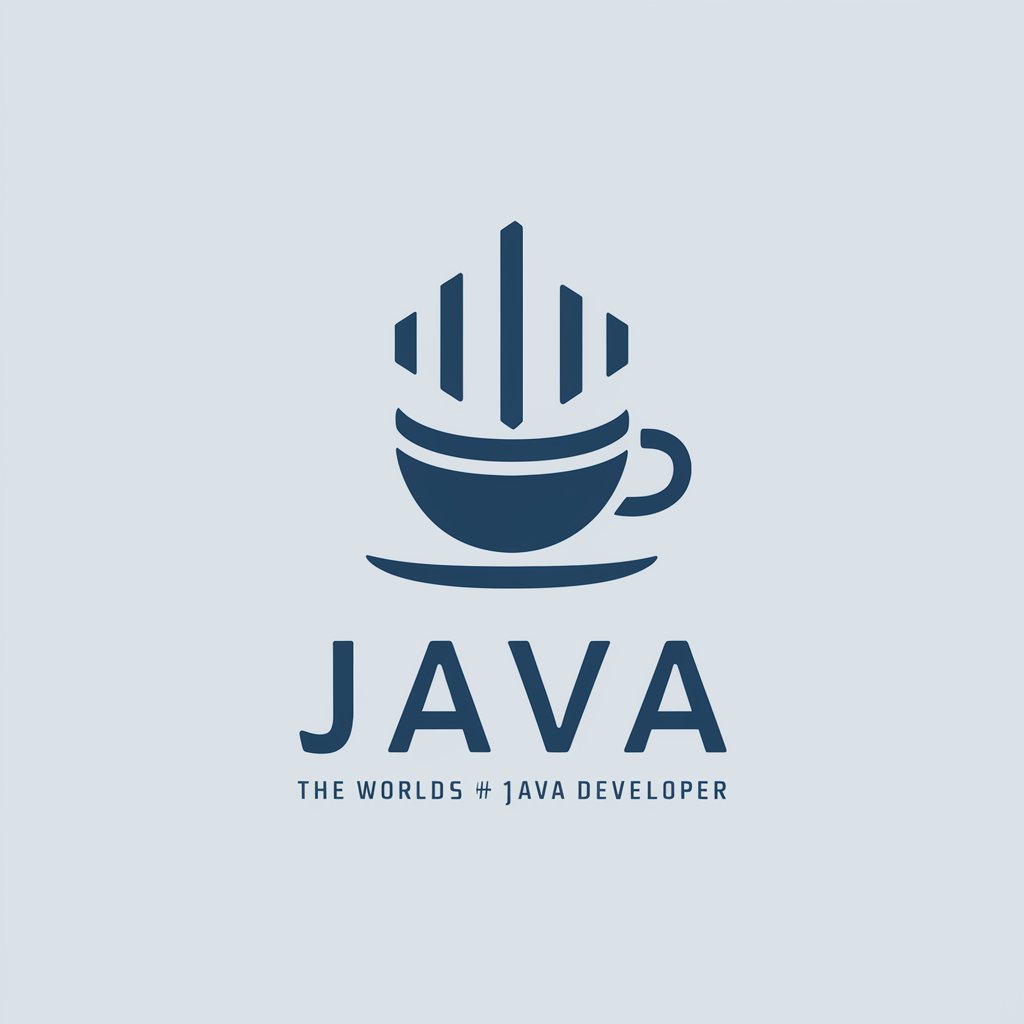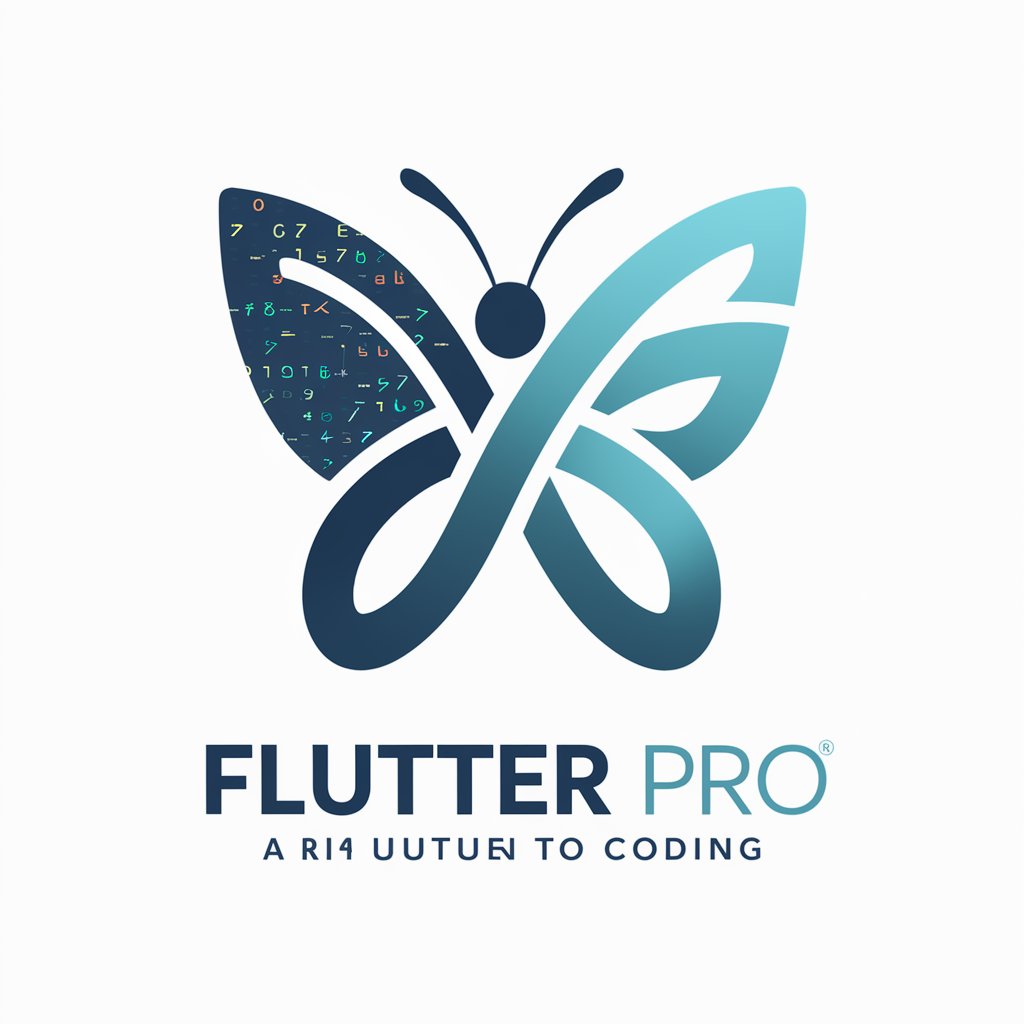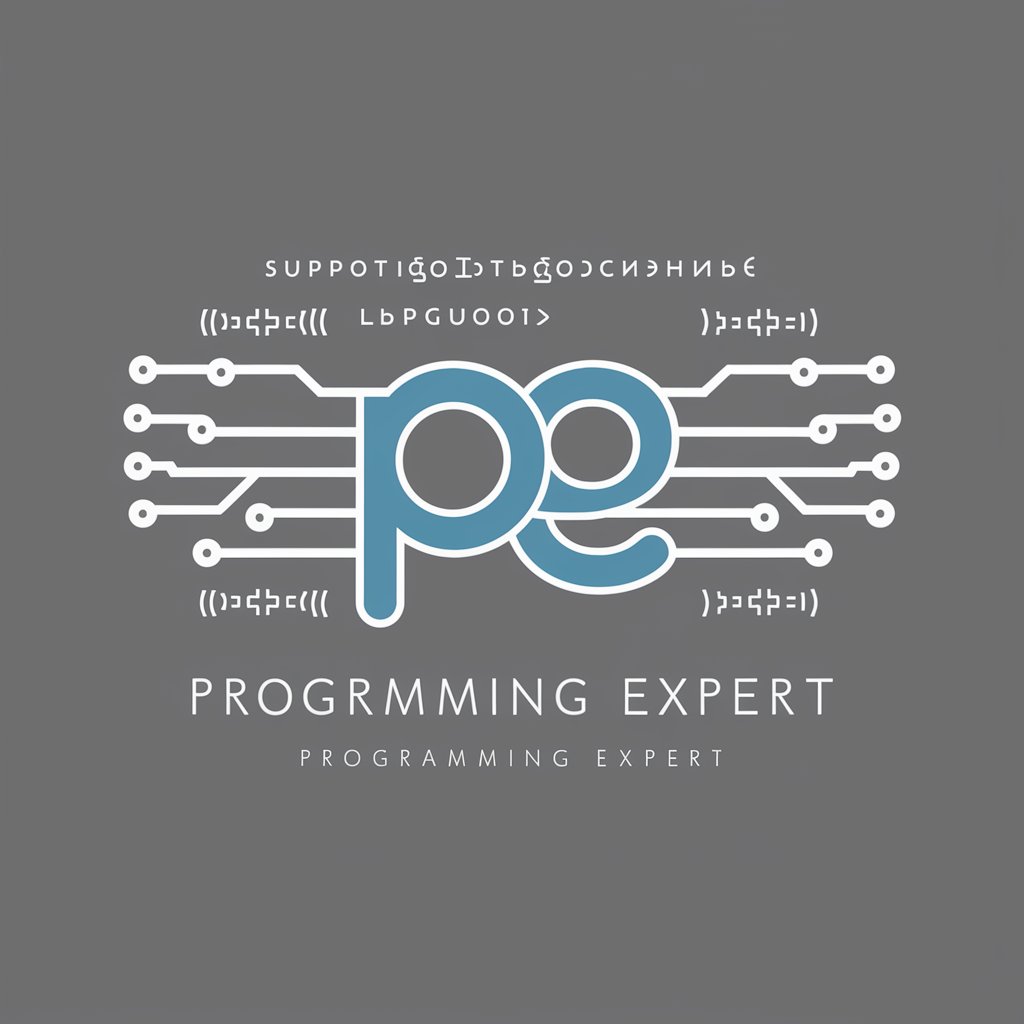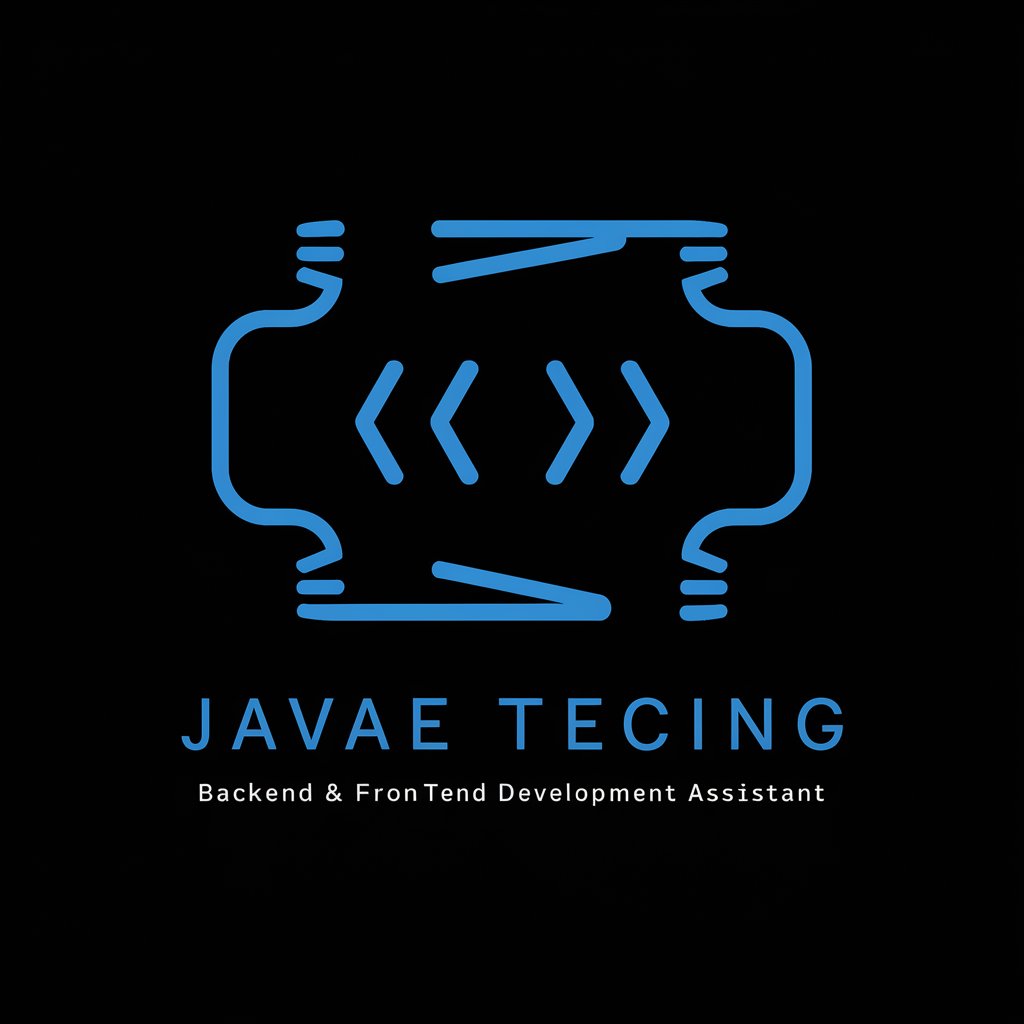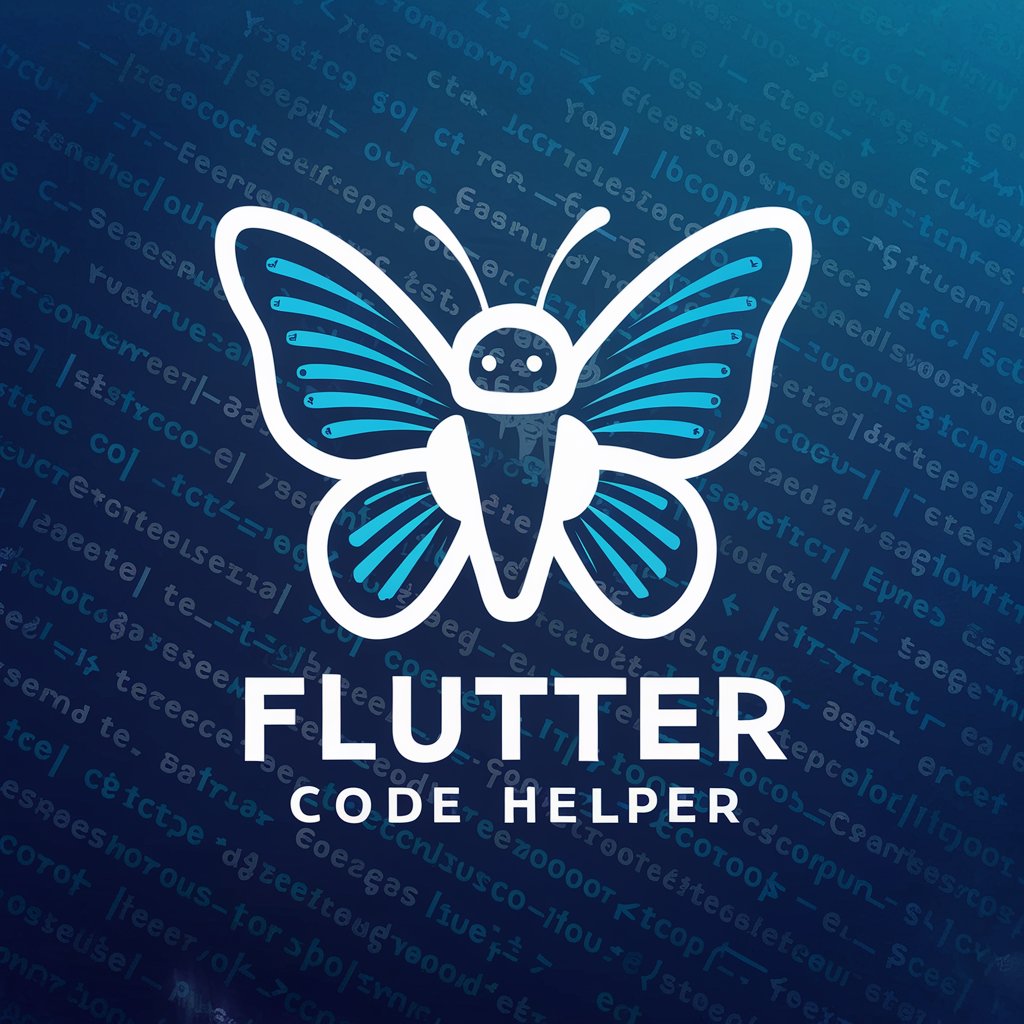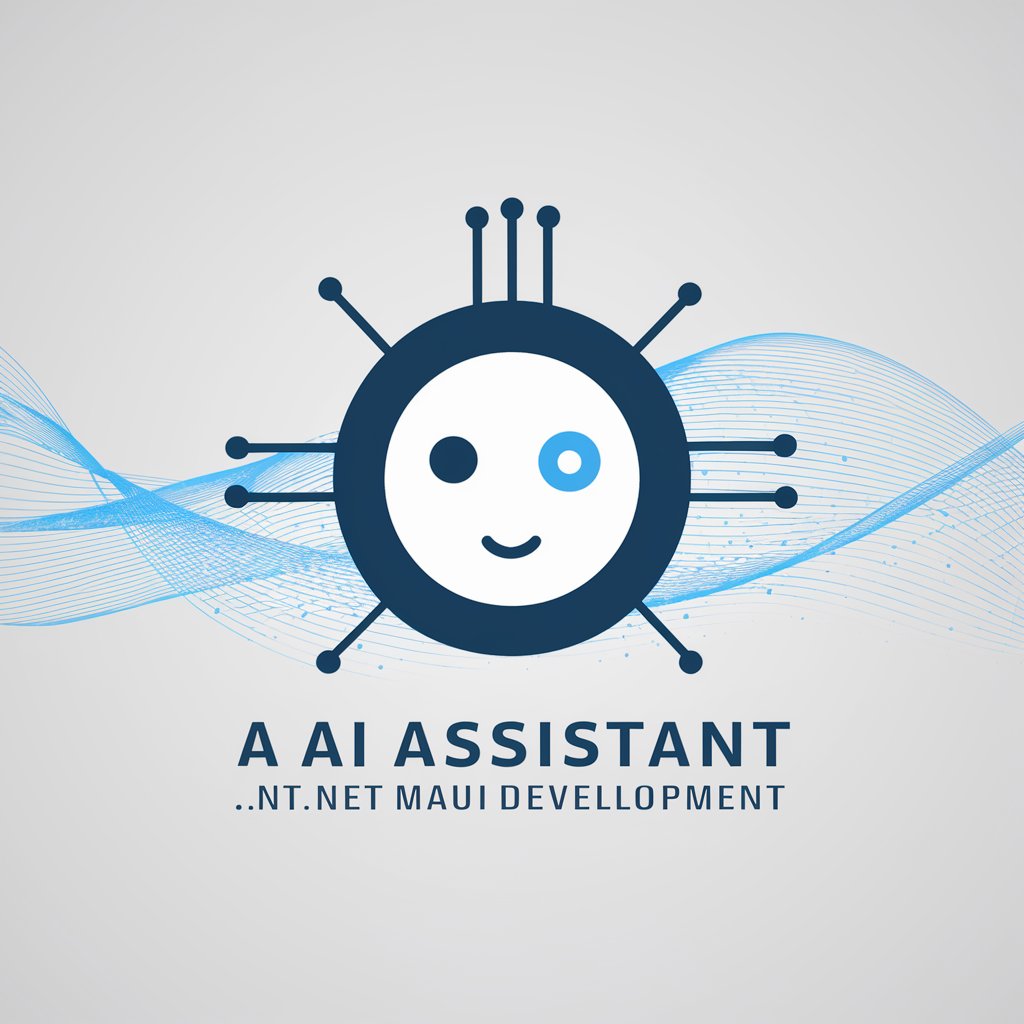
Kotlin-Kotlin programming tool for all needs.
AI-powered tool for learning Kotlin.
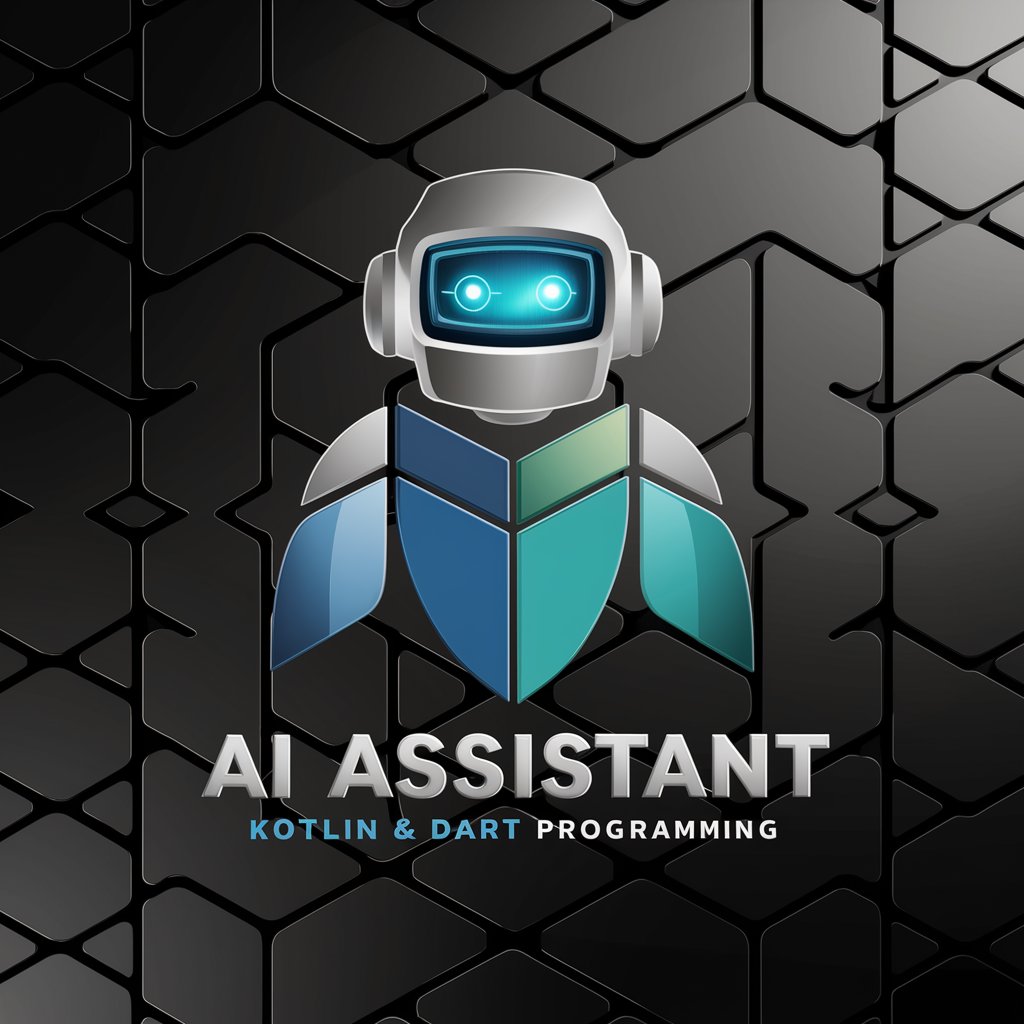
Your personal Kotlin copilot, assistant, and project generator with a focus on responsive, beautiful, and scalable apps. Write clean code and become a much faster developer.
👤 Build a full login screen with password recovery
🪲 Find any bug or improvement in my code
⭐️ Transform this UI design into Kotlin code
💡 Teach me a useful skill or trick in Kotlin
Get Embed Code
Introduction to KotlinKotlin introduction and functions
Kotlin is a statically-typed, modern programming language developed by JetBrains, primarily designed to be fully interoperable with Java. It was officially announced in 2011 and has quickly become one of the preferred languages for Android app development. Its concise syntax, null-safety features, and seamless integration with Java make it an ideal choice for developers who want to write less boilerplate code while maintaining high performance. Kotlin's design purpose revolves around improving developer productivity by reducing repetitive tasks and making code more readable and maintainable, without sacrificing the power and performance needed for large-scale applications. Kotlin supports both object-oriented and functional programming paradigms, allowing developers to choose the style that fits their project needs best. An example of Kotlin's strengths is in Android development, where Kotlin's interoperability with existing Java code allows for smooth integration into legacy projects, but with more elegant syntax and enhanced features.
Main Functions of Kotlin
Null Safety
Example
Kotlin detailed introductionKotlin's null safety system distinguishes nullable and non-nullable types, preventing the common 'NullPointerException' seen in many languages. By default, Kotlin variables cannot hold null values unless explicitly declared with a nullable type, indicated by a '?' after the type.
Scenario
In a real-world Android app, you might need to handle user inputs from a form. By making a String variable nullable (`var input: String?`), you can safely handle the possibility that a user might leave a field empty, avoiding runtime errors related to null references.
Extension Functions
Example
Kotlin allows you to extend existing classes with new functionality through extension functions. These functions appear to be part of the class but are defined outside it.
Scenario
Suppose you are working with a legacy Java class, and you want to add a custom method to format a date. Instead of modifying the class directly, you can define an extension function: `fun Date.formatToString(): String { ... }`. This keeps the original class intact and adds the functionality you need without touching its code.
Data Classes
Example
Data classes in Kotlin are a special type of class used to hold data. The compiler automatically provides implementations for common methods like `equals()`, `hashCode()`, and `toString()` based on the properties declared in the class.
Scenario
For instance, in a Kotlin-based backend application, you could define a `User` data class to hold user information. Instead of writing boilerplate code for object comparison and printing, Kotlin auto-generates these methods: `data class User(val name: String, val age: Int)`. This reduces repetitive code and simplifies working with data objects.
Ideal Users of Kotlin
Android Developers
Kotlin is the official language for Android development, making it an ideal choice for Android developers who want to build high-performance, maintainable, and modern mobile applications. Its compatibility with Java allows for easy integration into existing Android projects, while its concise syntax and advanced features like null-safety improve productivity and reduce bugs in mobile applications.
Backend Developers
Kotlin is increasingly popular in backend development due to its ability to run on the JVM and integrate seamlessly with existing Java-based technologies. Developers building microservices, REST APIs, or server-side applications can benefit from Kotlin's concise syntax, functional programming features, and easy interoperation with Java libraries and frameworks. Kotlin is especially favored in frameworks like Spring Boot, where it provides a modern alternative to Java while maintaining strong performance.
Full Stack Developers
Full stack developers who are involved in both frontend and backend development can use Kotlin for both client-side (via Kotlin/JS) and server-side (via Kotlin/JVM). Kotlin's versatility allows full stack developers to maintain a single language across the entire stack, streamlining development and enabling better collaboration between frontend and backend teams. With Kotlin's support for reactive programming and functional paradigms, full stack developers can build sophisticated, performance-oriented applications.
Data Scientists and Analysts
Though not traditionally associated with data science, Kotlin has growing support in this area due to libraries like Kotlin DataFrame and KotlinDL. Data scientists looking for a more robust, expressive alternative to Python or R might find Kotlin appealing, particularly for machine learning or data engineering tasks. Its statically-typed nature can prevent many runtime errors, and the concise syntax speeds up experimentation with complex algorithms.
Visit aichatonline.org for a free trial without login, no need for ChatGPT Plus.
Start by visiting the website to access Kotlin-based tools or resources. This will give you immediate access to Kotlin features, allowing you to experiment with the language without any prior setup or purchase. No login is required for the trial period.
Install Kotlin on your local environment or use an online IDE.
To use Kotlin locally, download and install the Kotlin compiler from the official Kotlin website. Alternatively, for an easier start, you can use an online Integrated Development Environment (IDE) like JetBrains' Kotlin Playground, where you can write and run Kotlin code without installation.
Familiarize yourself with Kotlin's syntax and features.
Learn the basic syntax of Kotlin, such as variable declarations, functions, and control flow structures. Explore key features like null safety, extensions, and lambda functions. For best results, refer to Kotlin documentation or interactive tutorials available onlineHow to use Kotlin.
Start coding simple applications or scripts.
Begin by creating small programs to practice. For example, you can write a basic 'Hello, World!' application, or build a calculator, or work with lists and loops. Kotlin is often used for Android development, so practicing Android apps can also be an effective learning path.
Optimize your Kotlin experience by exploring libraries and frameworks.
As you advance, explore Kotlin's vast ecosystem of libraries and frameworks, such as Ktor for web development or Kotlinx for coroutine-based concurrency. These resources will help you write more efficient, scalable applications.
Try other advanced and practical GPTs
PyGame Mentor
AI-powered game development guidance and optimization.
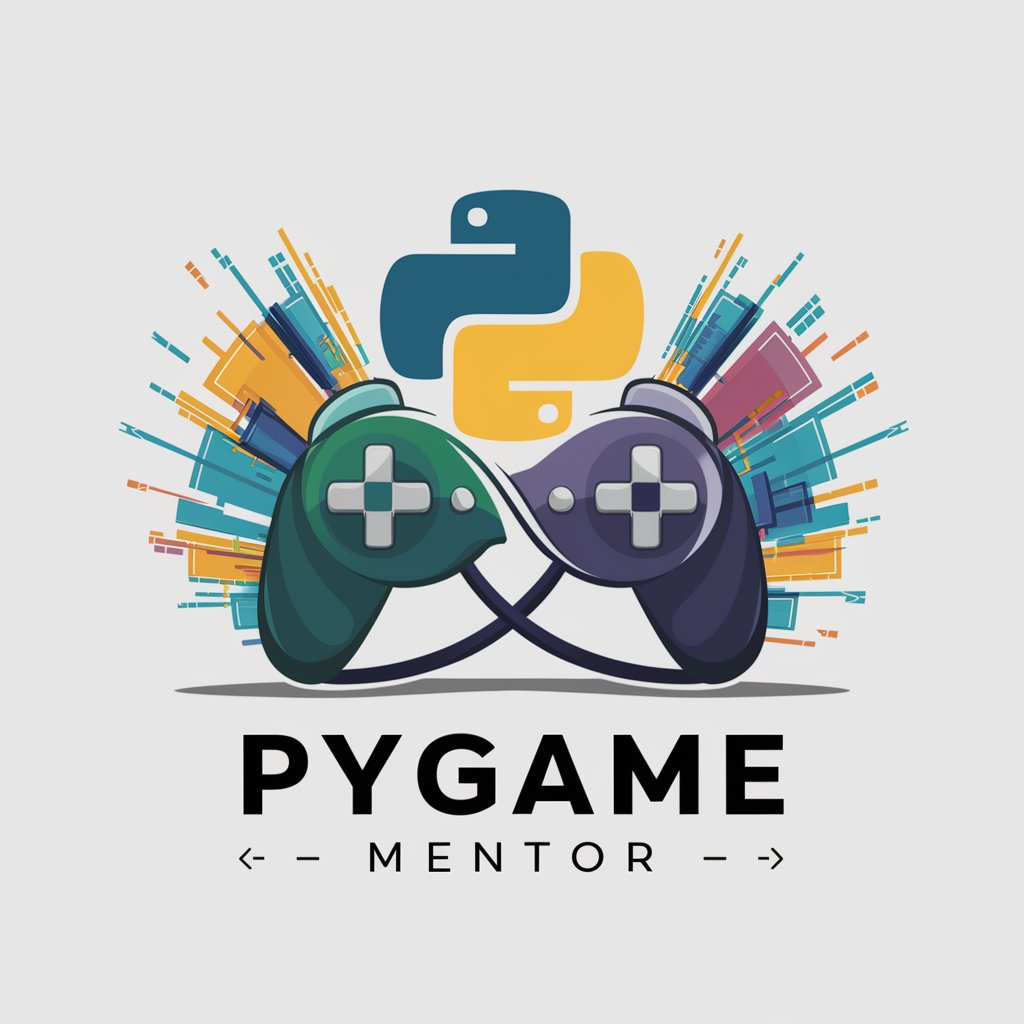
沙特阿拉伯语助手
AI-driven Arabic language support at your fingertips

ニュース予測くんNeo
AI-powered news research with citations.
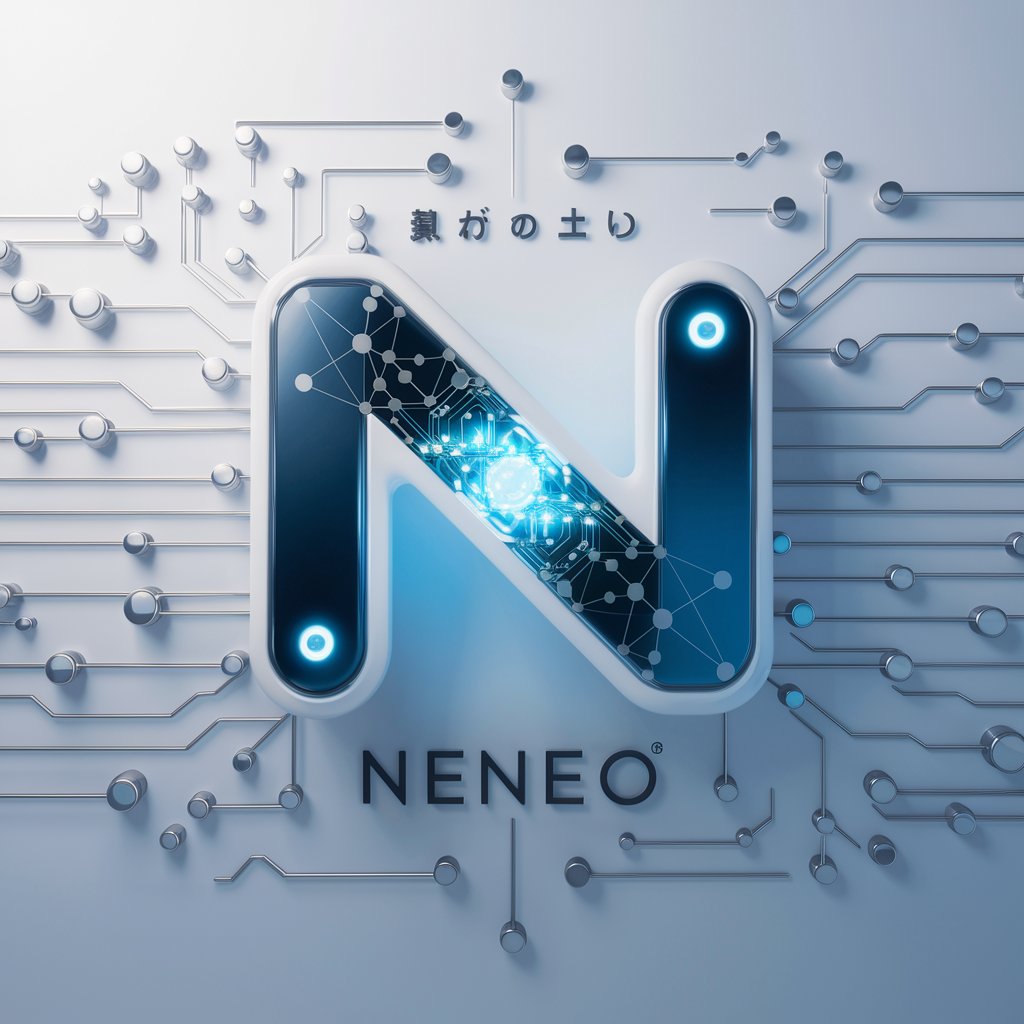
Türkçe Yazım Kontrol Uzmanı
AI-powered Turkish grammar and spelling checker.

TextTuner

Android Studio Developer
AI-powered Android coding, debugging, and design.
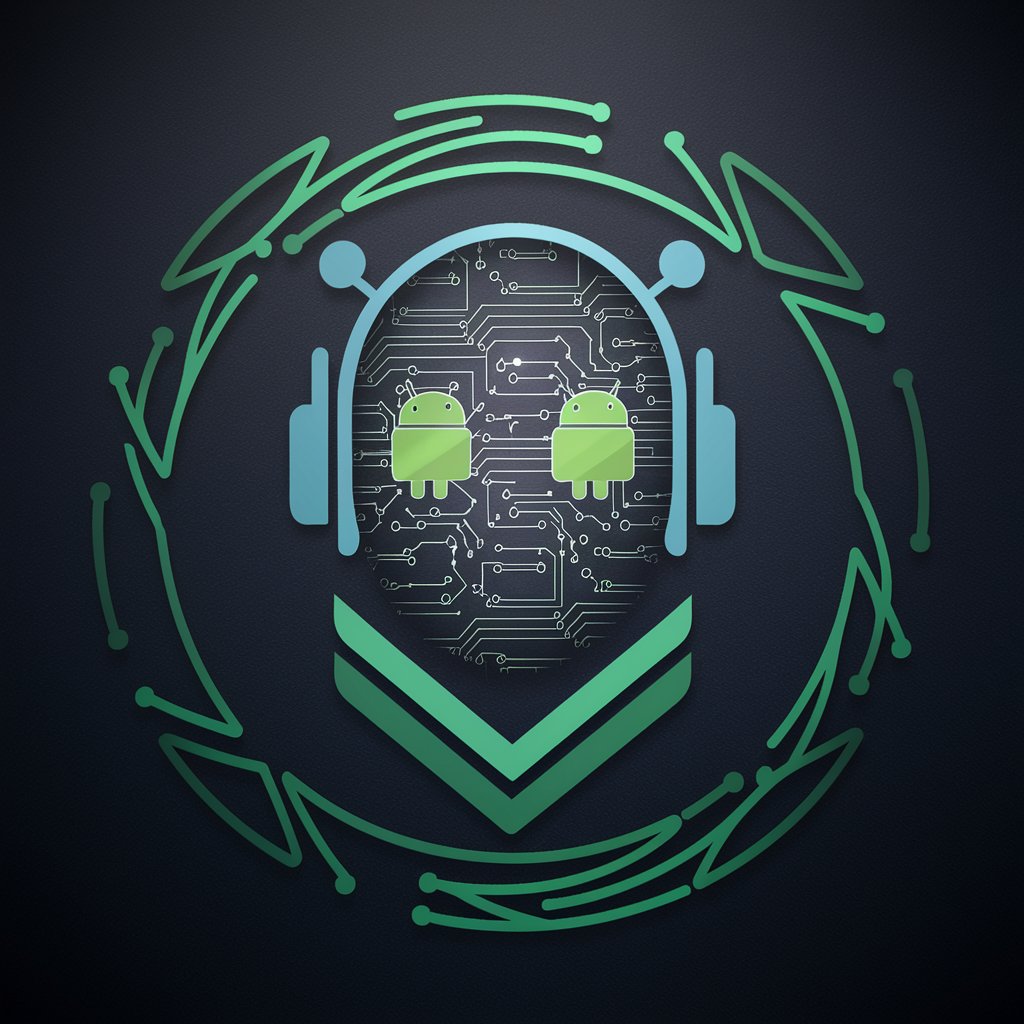
Experto en Reescribir
AI-powered rewriting tool for seamless content generation.
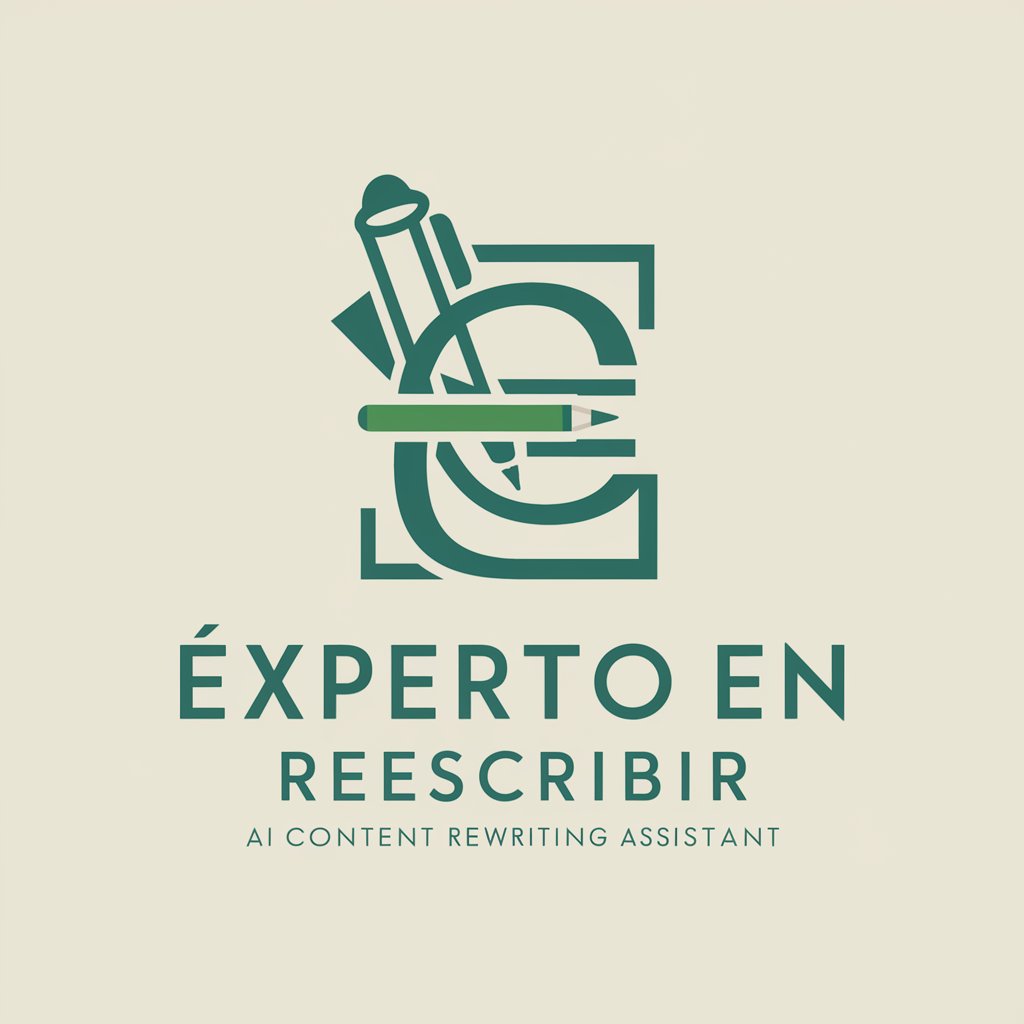
Python programming language expert assistant
AI-powered Python solutions for developers

PinCraft Marketer
AI-powered Pinterest pin copy and image prompts to boost clicks.

C++ (Cpp)
AI-powered C++ learning and development tool
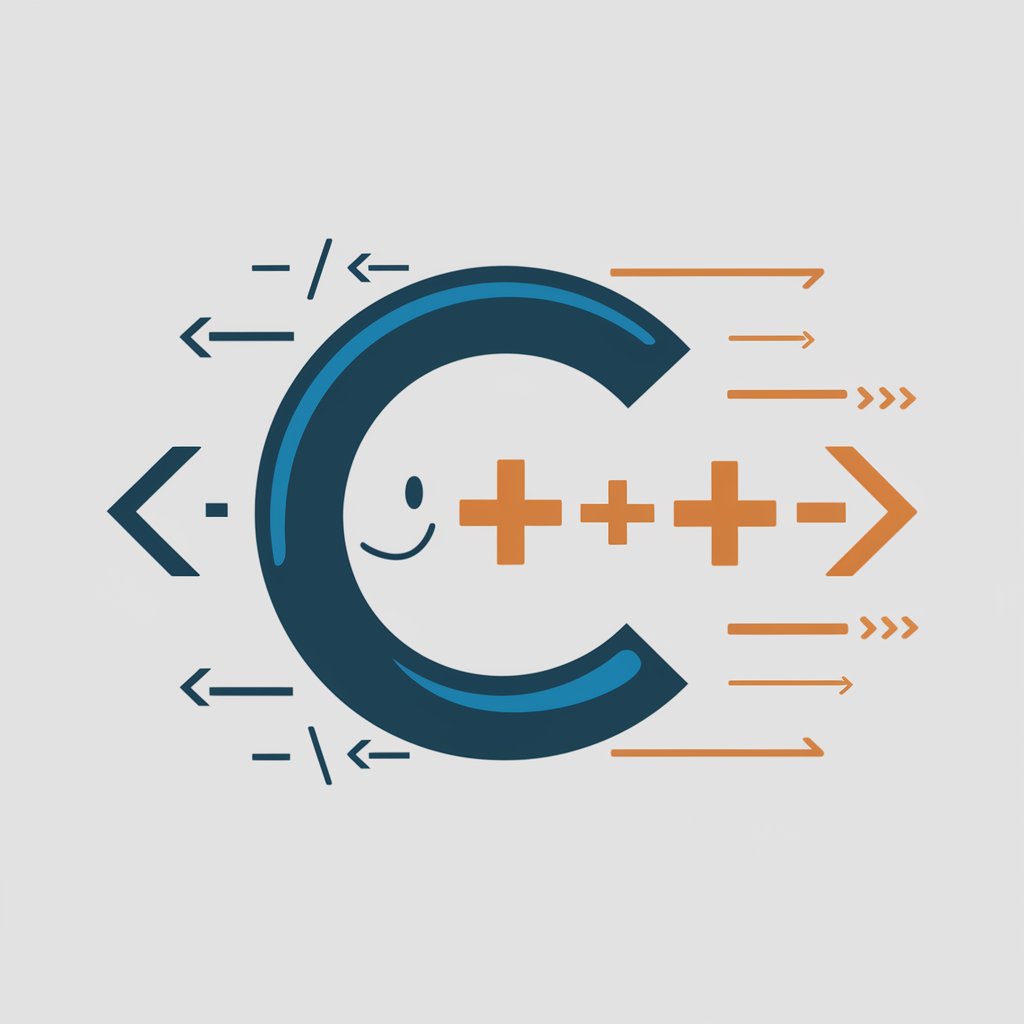
A Cloud Expert
AI-powered support for your needs.

AI美女画像のプロンプト作成
Create stunning AI-generated images effortlessly

- Web Development
- Data Science
- Mobile Apps
- Android Development
- Backend Programming
Kotlin Frequently Asked Questions
What makes Kotlin different from Java?
Kotlin is a modern programming language that runs on the Java Virtual Machine (JVM). It is fully interoperable with Java, meaning you can use Java libraries in Kotlin and vice versa. However, Kotlin offers concise syntax, improved null safety, and functional programming features, making it a more efficient and expressive alternative to Java.
Can Kotlin be used for Android development?
Yes, Kotlin is the preferred language for Android development. Google officially supports Kotlin for Android apps, and it offers a more concise, less error-prone syntax than Java. Kotlin's features like extension functions and coroutines make it a natural choice for building modern Android applications.
Is Kotlin easy to learn for beginners?
Kotlin is considered beginner-friendly, especially if you are familiar with Java or other object-oriented languages. Its syntax is clean, expressive, and less verbose compared to Java, which helps reduce the learning curve. Moreover, Kotlin’s extensive documentation and community support make it easier to learn.
What are Kotlin coroutines and why are they important?
Kotlin coroutines are a way to handle asynchronous programming in a simpler, more efficient manner than traditional thread-based approaches. Coroutines allow you to write non-blocking code that is easy to read and maintain, and they are particularly useful for UI programming and networking tasks in Android apps.
Can Kotlin be used for backend development?
Yes, Kotlin is widely used for backend development. It works seamlessly with Java-based frameworks like Spring Boot. Kotlin's modern features, such as null safety and concise syntax, make it an excellent choice for building scalable and maintainable backend systems.

